Northern Tanzania holds some of the world’s most well-known natural sights: the Serengeti, Ngorongoro Crater, Mount Kilimanjaro.
Visiting naturalists should add Tarangire National Park, certainly one of the world’s great wildlife reserves, to their list.
Tarangire is most famous for its elephants; the park has a population of some 2500 and large herds are easily sighted. The elephants are part of a long-term research effort by Charles Foley of the Wildlife Conservation Society.
The national park is a wonderful place to observe and photograph many other iconic African animals as well, with large herds congregating around water from July through November.
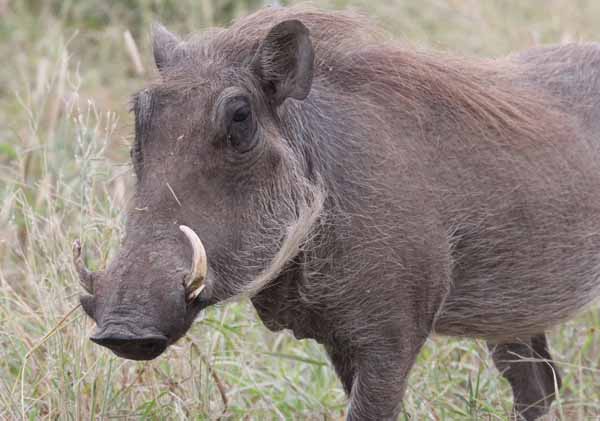
I recently had a weekend to spend in the park prior to a work trip to Tanzania. I looked up a guide, Salvatory Erasmus of Roy Safaris, who had guided my wife and me on a trip to see the Serengeti wildebeest migration in 2003. Salvatory was still guiding and eager to take me out to look for critters in Tarangire.
He proposed a search for two of the more elusive East African mammals: the lesser and greater kudu. To my mind, these spiral-horned antelope are among the most spectacular creatures on earth. They also happen to be skittish and only inhabit areas far off the beaten path.
A search for unusual critters in remote country? Maybe you can think of better ways to spend a morning. I can’t.
And so we were off, encountering Cape buffalo and elephants and giraffes and lions along the way.
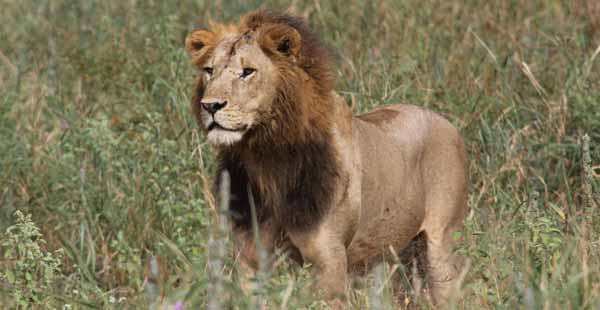
Sure, the roads were dusty and bone-jarring. The tsetse fly, with a vicious bite like a hammer, was a constant companion. But we had solitude and beautiful country. And kudus—spooky and unlikely to stand still while I photographed, yes, but finding them hiding in the thick brush was a big part of the fun.

Of course, you don’t have to drive hours on bumpy roads to see awesome wildlife in Tarangire, especially the elephants. They’re seemingly everywhere. You can pull up a safe distance away and just quietly watch as they feed, play, tussle, swim and move across the landscape.

Watching the seemingly endless herds, it’s easy to forget the horrible plight that African elephants currently face. But you can’t. Seeing them in their native habitat should be a reminder of what we stand to lose if we don’t figure out the ivory poaching nightmare. Solutions won’t be easy, but if we don’t figure this out Tarangire’s elephants – all elephants – are doomed.

But let’s not be gloomy: there are elephants still out there, carrying out their beautiful and complex lives.
And a lot of other creatures, too: impala and waterbuck, jackal and mongoose, tortoise and monitor lizard. And birds in stunning variety.

The national park can seem like a paradise, but as is always the case: it’s not enough. Animals migrate. They need space. Often, they leave the park and come into conflict with people who are just trying to survive.
Seeing an elephant from a Land Rover may be a life-changing experience for the traveling naturalist. But it’s life changing in a much more profound (and negative) way when that elephant is in your garden eating your entire food and income in one night.
That’s why efforts to provide benefits from wildlife tourism to local people are so important. One way is through Tanzania’s wildlife management areas outside national parks that allow communities to benefit through lodging and tourism activities.
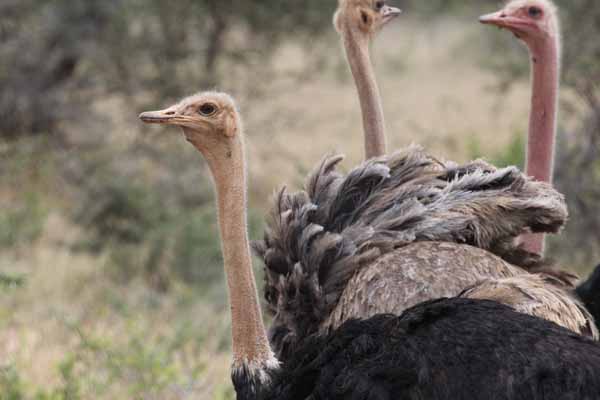
I stayed in a lodge located on one such wildlife management area. It was difficult to believe Maramboi Tented Camp was not in a national park. In the distance, I could see Lake Manyara, which Hemingway immortalized in The Green Hills of Africa. A constant parade of zebras and reedbuck and warthogs strolled by. I fell asleep to the sounds of wildebeest grunting outside my tent.
Tourism is not perfect, of course. But I cannot see a future for Africa’s wildlife without it. Tarangire is certainly one of the world’s great places. Responsible tourism can help keep it that way—for the elephants and kudus, yes, but also for the people who live and work outside the park boundaries.
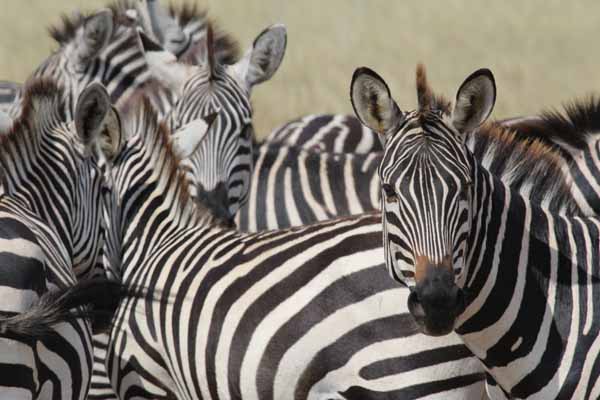
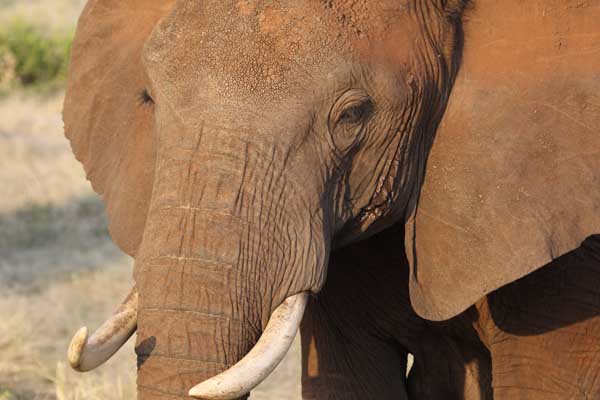



Great piece Matt …. as far as elephants and ivory poaching other friends who have been to Africa quite a bit recently and have friends living there tell me that encroachment of civilization on their habitat may be an bigger threat … they also tell me that poaching of all animals not just elephants has been lowered in areas where the resident population makes money from hunting and photo safaris etc.. and hence not only poach less but safeguard the resource. So as yo mention finding the economic incentive for residents and governments seems to be an important part of the equation in protecting wildlife and the habitat.